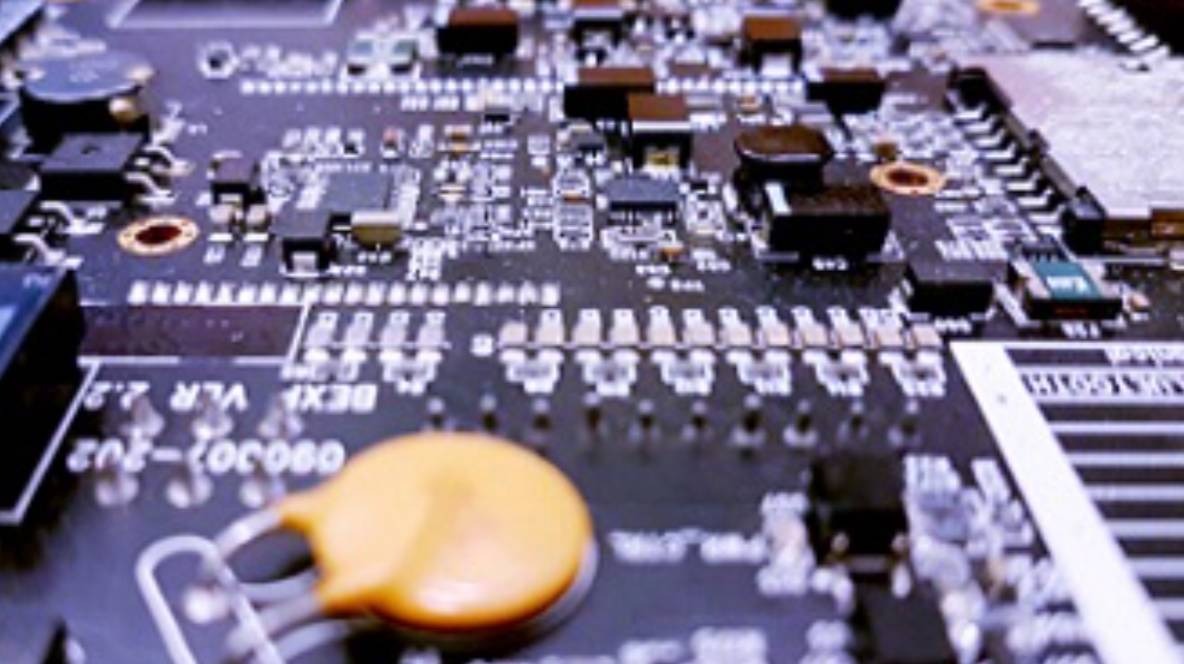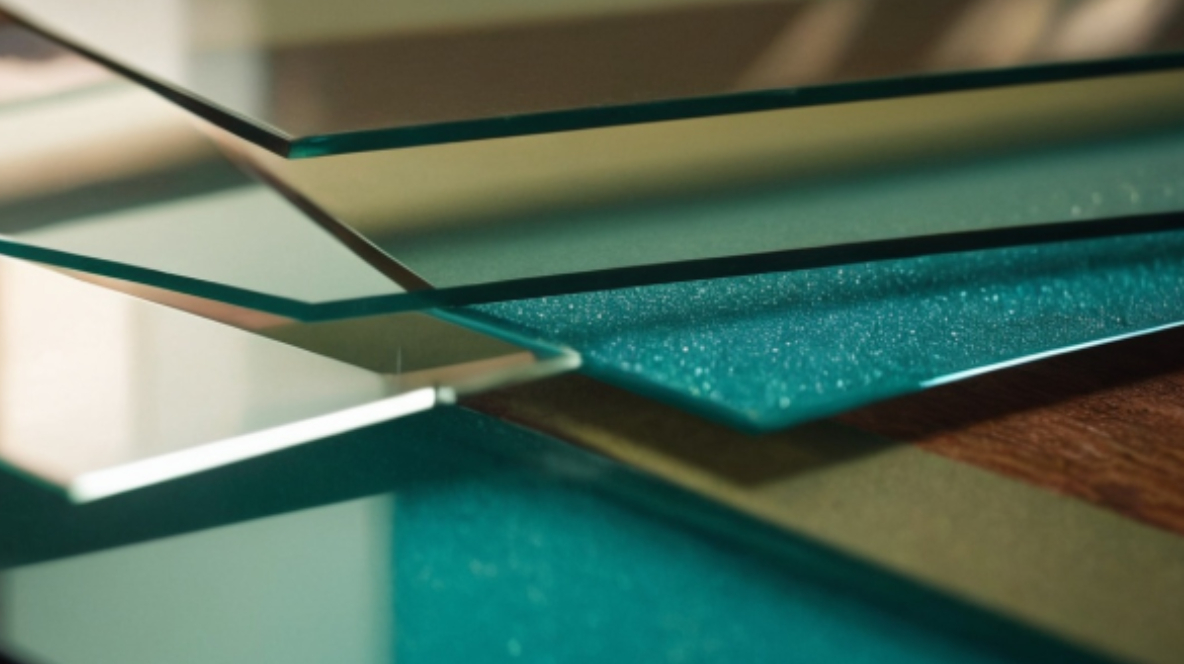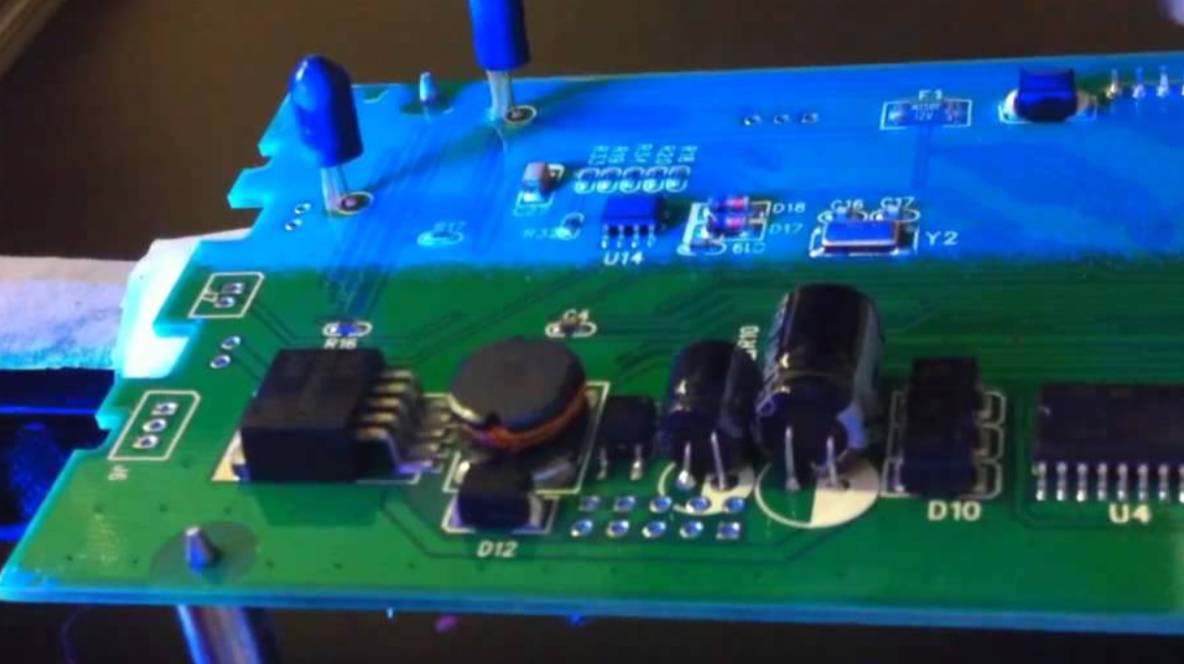Optical Adhesives – Incure
In a world increasingly reliant on precision optics, from the screens in our pockets to advanced medical instruments, the unsung hero often goes unnoticed: optical adhesives. These specialized bonding agents are the backbone of countless innovations, enabling crystal-clear clarity, robust performance, and miniaturization that was once thought impossible. If you’re working on a project demanding unparalleled optical integrity and reliability, understanding the power of optical adhesives – and where to find the best solutions – is crucial.
What are Optical Adhesives and Why Are They So Important?
Unlike conventional glues, optical adhesives are engineered for specific optical applications. Their key characteristics include:
- Exceptional Transparency and Clarity: They maintain high light transmission across various wavelengths, preventing distortion or haze. This is paramount for lenses, displays, fiber optics, and sensors where light must pass through unhindered.
- Precise Refractive Index Matching: Many optical adhesives are designed to match the refractive index of the materials they bond (like glass or plastics). This minimizes reflection and refraction at the interface, ensuring superior optical performance and reducing glare.
- Low Shrinkage and Stress: During curing, these adhesives exhibit minimal volumetric shrinkage, preventing stress on delicate optical components and maintaining precise alignment.
- Durability and Environmental Resistance: They offer strong, long-lasting bonds that can withstand harsh conditions, including temperature fluctuations, humidity, UV exposure, and vibrations.
- Rapid Curing (Especially UV/LED Curable): Many modern optical adhesives cure almost instantly upon exposure to UV or visible light, significantly speeding up production processes and enabling efficient automation.
The Diverse World of Optical Adhesive Applications
The versatility of optical adhesives makes them indispensable across a vast array of industries:
- Electronics & Displays: From bonding touchscreens to LCD panels, eliminating air gaps for enhanced visibility and durability, to encapsulating sensitive optical components in smartphones and tablets.
- Medical Devices: Crucial for assembling endoscopes, diagnostic instruments, and surgical tools, where precision, biocompatibility, and sterilization resistance are paramount.
- Fiber Optics & Telecommunications: Essential for bonding optical fibers, connectors, and other components to ensure efficient light transmission and signal integrity.
- Automotive: Used in advanced driver-assistance systems (ADAS), headlights, and interior displays, contributing to safety and enhanced user experience.
- Industrial & Scientific Instrumentation: For bonding lenses, prisms, and sensors in cameras, microscopes, telescopes, and analytical equipment.
- General Assembly: Even in everyday items like furniture or jewelry, clear, strong bonds are often achieved with optical-grade adhesives.
How Incure Can Elevate Your Optical Projects
When it comes to selecting the right optical adhesive, you need a partner who understands the intricate demands of optical engineering. Incure stands out as a leading provider of high-performance optical adhesives, offering solutions tailored for both individual innovators and large-scale industrial operations.
For Professionals and Manufacturers:
Incure’s comprehensive Optik™ series of UV/Visible Light Cure Optical Adhesives are engineered for demanding industrial applications. Here’s how Incure empowers professionals:
- Precision and Speed: Incure Optik™ adhesives cure in seconds under UV/LED light, facilitating rapid production cycles and enabling precise active alignment of optical components.
- Unrivaled Bond Strength and Durability: Products like Incure Optik™ 7760 offer ultra-high bond strength (e.g., up to 12,600 psi for Optik™ 7795), ensuring reliable and long-lasting performance even in challenging environments with stringent thermal cycling.
- Superior Optical Performance: With clear, transparent formulations and ultra-low shrinkage, Incure adhesives maintain optimal optical clarity and minimize distortion.
- Versatility Across Substrates: Incure offers solutions that bond effectively to a wide range of materials, including glass, metals, various plastics (including high-strength variants), and ceramics, simplifying complex assemblies.
- Enhanced Environmental Resistance: Many Incure formulations boast enhanced moisture and temperature resistance, along with low water absorption, crucial for reliability in diverse operating conditions.
- Tailored Solutions: Incure understands that no two projects are identical. They offer various viscosities (from very low for sealing to medium-high for superior strength) and package sizes to meet specific manufacturing needs, from small-batch prototyping to high-volume production.
- Expert Support: Incure’s team of specialists provides expert guidance, helping you choose the ideal adhesive for your unique application and offering technical support throughout your project.
For Individuals and Hobbyists:
Even at a smaller scale, precision and reliability are key. Incure offers solutions that cater to individual enthusiasts and researchers working on intricate optical projects:
- Accessibility to High-Quality Materials: Incure makes professional-grade optical adhesives accessible, allowing individuals to achieve superior results in their personal projects, whether it’s custom lens assembly, repairing optical instruments, or developing new prototypes.
- Ease of Use: While professional-grade, many Incure UV-curable adhesives offer simplified application processes, especially when paired with appropriate UV curing lamps.
- Reliable Performance: Individuals can benefit from the same low shrinkage, high clarity, and strong bonding properties trusted by industries, ensuring their creations are durable and optically sound.
- Resources and Guidance: Incure’s commitment to supporting users extends to providing technical information and insights, empowering individuals to confidently tackle their optical bonding challenges.
Ready to Achieve Optical Perfection?
Don’t compromise on clarity, precision, or durability in your optical projects. Whether you’re a professional seeking to optimize your production line or an individual embarking on a passion project, Incure’s optical adhesives offer the reliable, high-performance solutions you need. Explore their extensive product range and discover how Incure can help you bring your vision to light.
Contact us today to discuss your specific project requirements and find the perfect optical adhesive solution.





